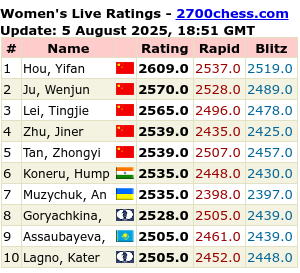The next stage of my memory exploration will be a highly practical side of teaching: remembering names.
My experience with this practice is quite inconsistent. At my work I try to remember names of regular customers as best I can, but sometimes they do not stick. My recollection of how accurate I tend to be is surely also problematic, but I am pretty sure I struggle with common names, especially if I know a lot of people with that name from the same context. Likewise, I have struggled more recently to remember names with the introduction of masks indoors.

What these difficulties suggest to me is that I need to find strategies to address two issues:
- To connect particular names to particular people.
- To connect them to features that are visible outside of masks.
Ransom Patterson has some advice that may come in handy:
- Use the person’s name in conversation
- Rehearse the name (practice retrieving it)
- Use mnemonic devices
I struggle with the first approach because I find saying people’s names during conversation somewhat awkward. Lynne Kelly suggests in Memory Craft, however, that she turns it into a game with each new acquaintance, a practice that likely allows her to say others’ names without social embarrassment (2020, p. 28).
I have already started working on the second approach with student names during observations. So far the practice has been quite successful, though I still forget to do so occasionally. If I get a chance to write down student names in a notebook, this practice helps as well.
The only practice I have not developed yet is a mnemonic system. Simple ones might involve the keyword method. The difficulty with this is how time consuming the process is to commit a name to memory on the fly. Lynne Kelly has what sounds like a more durable and consistent system, however–a “bestiary” (2020, p. 25)–which allows her to create a visual system based on the first two letters of every name. When meeting people, she can just memorize the first two letters and commit the rest of the name to memory later on at her leisure (p. 26).

What a large project!
For this reason, the rest of the semester I will build my names bestiary ten letter-combinations at a time, providing small illustrations or descriptions each week. Over time I hope to develop a large, sophisticated system with which to commit names to memory for the rest of my life.


Leave a Reply
You must be logged in to post a comment.